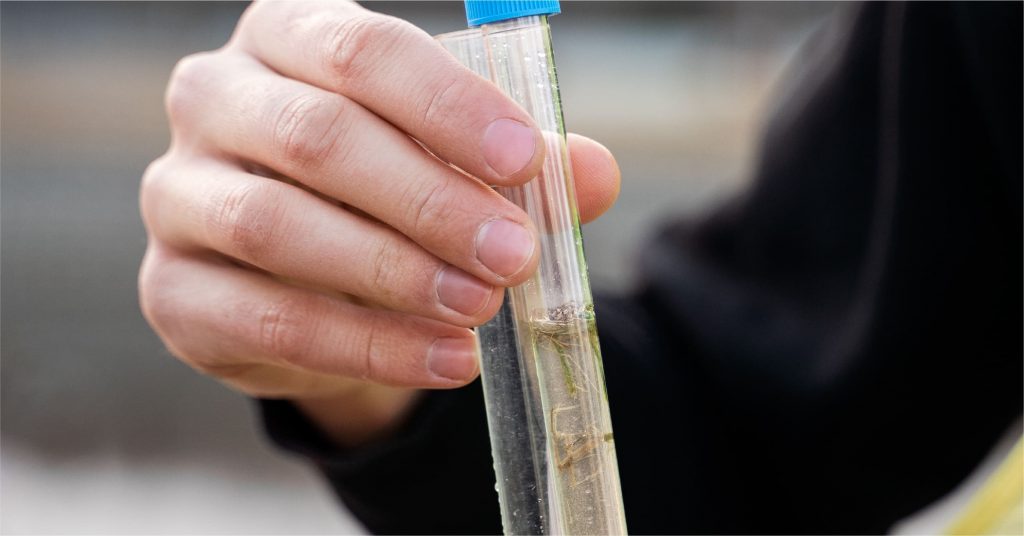Water quality is a critical concern in Bangladesh, where access to safe drinking water is a priority for health and well-being. One essential parameter of water quality is the Total Dissolved Solids (TDS) level. Understanding how to measure and manage the water TDS level is crucial for ensuring safe and potable water.
This blog will provide insights into measuring TDS, the best TDS level for drinking water, and tips for managing water TDS levels effectively in Bangladesh.
What is the Water TDS Level?
TDS stands for Total Dissolved Solids, which refers to the total concentration of dissolved substances in water. These substances include inorganic salts such as calcium, magnesium, sodium, and potassium, as well as small amounts of organic matter.
While some levels of TDS are naturally present in water and may even contribute to its taste, excessive levels can pose health risks. Monitoring the drinking water TDS level is essential for maintaining its safety and quality.
Best TDS Level for Drinking Water
The best TDS level for drinking water varies depending on several factors, including local conditions and water sources. According to the World Health Organization (WHO), a TDS level of 300 ppm (parts per million) or below is considered excellent for drinking. Water with a TDS level between 300 and 600 ppm is generally acceptable, while levels above 600 ppm may affect taste and pose health concerns.
For the people of Bangladesh, where water quality can be inconsistent, ensuring the water TDS level for drinking falls within the safe range is critical to preventing waterborne diseases and other health issues.
How to Measure Water TDS Level?
Measuring the TDS level for drinking water is straightforward with the right tools. Here are some common methods:
- Using a TDS Meter
A TDS meter is a portable electronic device that provides a quick and accurate measurement of the water TDS level. Simply dip the probe into a sample of water, and the device will display the TDS reading in ppm.
- Laboratory Testing
For a more detailed analysis, water samples can be sent to a laboratory for testing. This method is more comprehensive and can identify specific dissolved solids in addition to the overall TDS.
- Conductivity Measurement
Since dissolved solids affect water’s electrical conductivity, this property can be used to estimate TDS levels. This method is commonly used in industrial applications.
Managing Water TDS Levels in Bangladesh
Once you’ve measured the TDS level for drinking water, managing it effectively becomes the next step. Here are some practical ways to ensure water is safe and potable:
1. Install a Reverse Osmosis (RO) System
Reverse osmosis is one of the most effective methods to reduce high TDS levels. RO systems filter out dissolved salts, heavy metals, and other impurities, ensuring water is safe to drink. For regions in Bangladesh with saline water or high contamination levels, an RO system is a reliable choice.
2. Use Water Softeners
Water softeners are ideal for reducing hardness caused by high levels of calcium and magnesium. While they may not directly lower the overall water TDS level, they improve water quality for consumption and household use.
3. Boiling Water
Boiling water can remove certain contaminants and improve its safety for drinking. However, this method does not reduce dissolved solids and is less effective for managing the drinking water TDS level.
4. Blending Water Sources
In some cases, mixing water from a high-TDS source with low-TDS water can help achieve a balance. This method is particularly useful in rural areas where advanced filtration systems may not be readily available.
5. Regular Maintenance of Filtration Systems
For households and industries using filtration systems, regular maintenance is crucial to ensure their efficiency. Clean or replace filters as needed to keep TDS levels under control.
Role of Ion Exchange in Ensuring Optimal TDS Levels
Ion Exchange is a global leader in water treatment technologies, offering innovative solutions to monitor and optimize water TDS levels for residential, commercial, and industrial applications.
Ion Exchange specializes in the production of high-purity ion exchange resins specifically designed for purifying potable water. These resins are engineered to have minimal organic leachables, ensuring superior water quality and safety. The versatile applications of these resins include water softening, disinfection, and the removal of contaminants such as nitrate, arsenic, fluoride, iron, and color-causing organic compounds. With a diverse product range that also includes specialty resins, Ion Exchange offers tailored solutions for addressing various water treatment challenges effectively.
With decades of expertise, Ion Exchange helps customers achieve a balanced drinking water TDS level, delivering clean, healthy, and high-quality water.
Conclusion
Understanding and maintaining the right water TDS level is critical for ensuring drinking water’s safety, taste, and quality. The best TDS level for drinking water balances essential minerals while avoiding harmful contaminants. Regularly testing and treating water ensures that the potable water TDS falls within the safe range.
Contact Ion Exchange to learn how we can help you achieve safe and potable water for your home, business, or community.


